The Origin of the Porsche 911! Driving the Short Wheelbase Narrow
公開日:
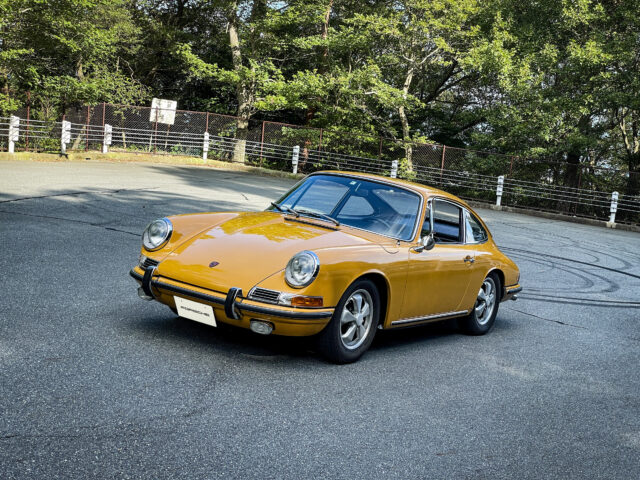
コンテンツ
The Origin of the Porsche 911
Among all the Porsche 911s I have driven so far, this is the most primitive 911. This time, I was fortunate enough to have the opportunity to test drive a 1967 911S.
This Bahama Yellow example exudes a special aura from its dignified presence. The history this car has traveled surely makes you feel that way. With only about 21,000 km on the odometer, it’s an exceptionally well-preserved vehicle. It carries a presence far beyond that of an ordinary classic car.
No wonder, I heard that it was once owned by a famous ballet dancer.
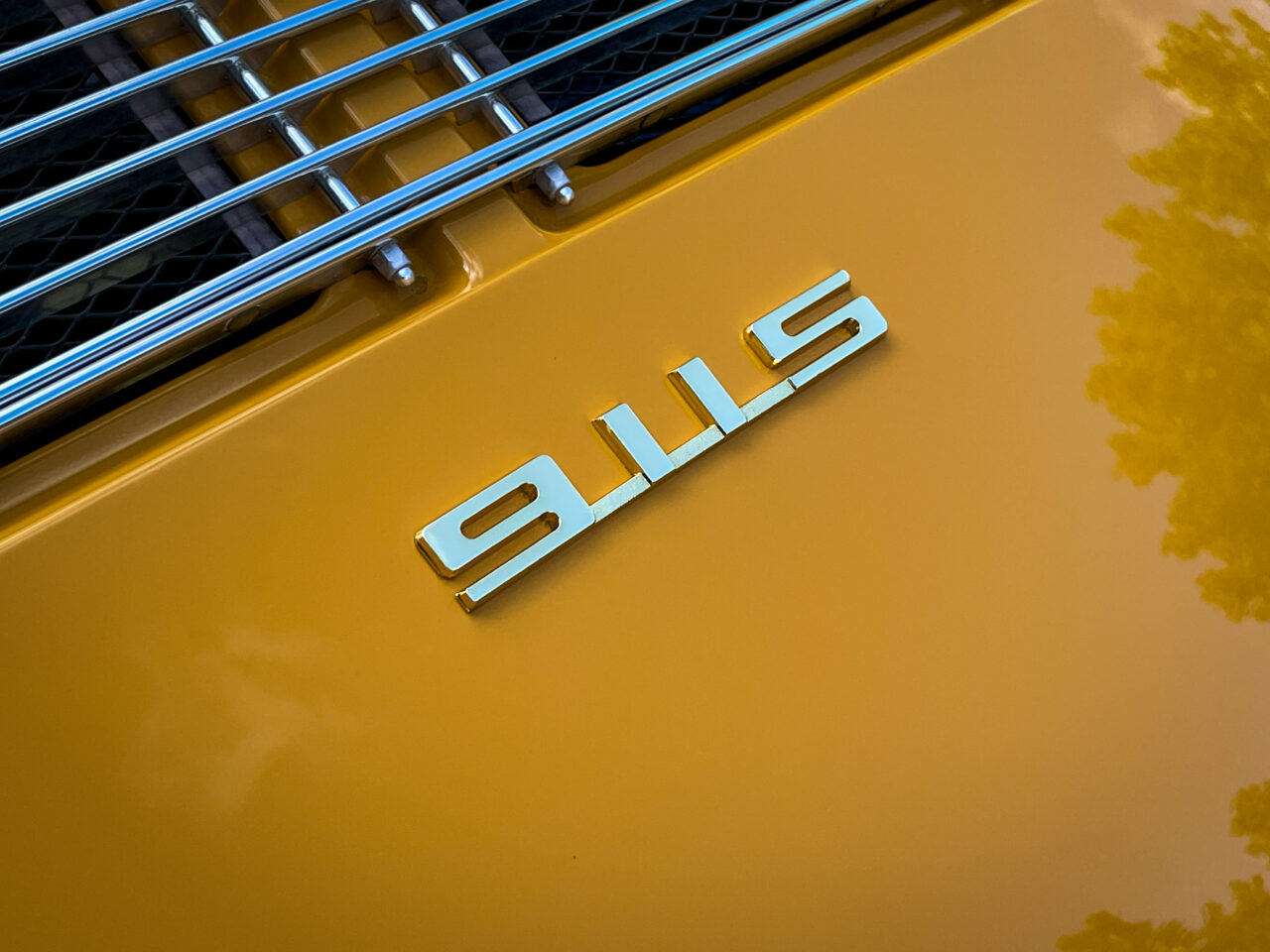
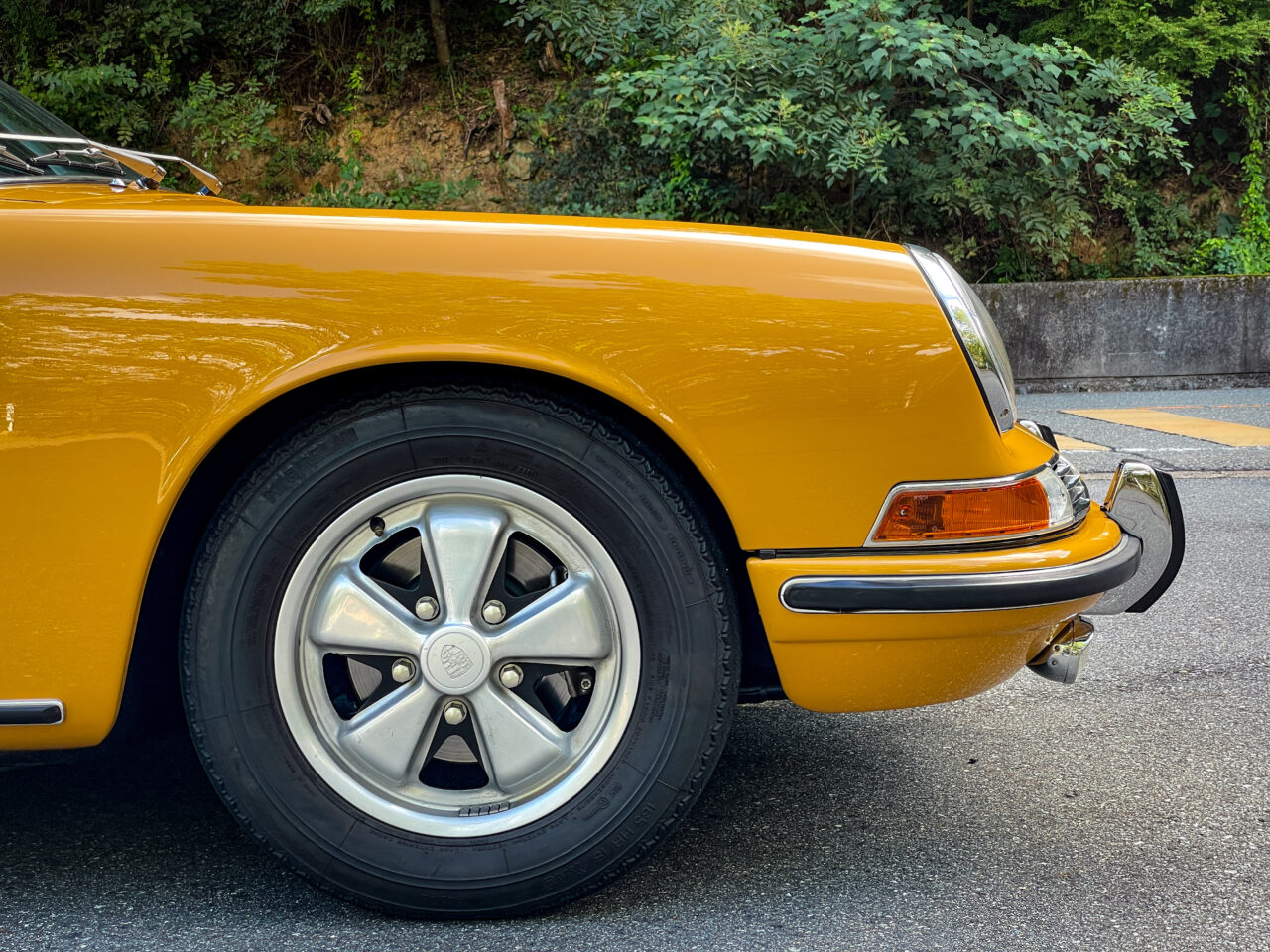
It rides on Porsche’s classic forged aluminum Fuchs wheels, and the ventilated brake discs are a hallmark of the S model. The 1991cc air-cooled flat-six produces 160ps, which was quite high power for its time.
Above all, the biggest feature of this 911 is that it’s a short wheelbase model. From its birth in 1964 until 1968, the 911’s wheelbase measured only 2211mm, designed to prioritize agility and cornering performance. However, issues with stability and handling were also pointed out, so from the 1969 model year onward, the wheelbase was extended to 2268mm to improve high-speed stability on the Autobahn and enhance drivability.
Therefore, this short wheelbase 911 has become an icon of the early 911s, and today it has a passionate fan base precisely because of its challenging handling characteristics.
Driving the Short Wheelbase Narrow Porsche
Engine
The ignition key slot is on the left side (door side), a Porsche tradition that continues from this era. Unlike modern cars where you just lightly turn the key, the 2-liter flat-six doesn’t wake up that easily. You need to give it a little throttle while cranking for a slightly longer time before the engine stirs to life.
Right after starting, the idle is still unstable, but once you get moving, there’s no problem. I drop the shift, described as “stirring honey with a spoon,” into first gear. The clutch engagement point takes some getting used to, but once you get the hang of it, it’s not that difficult.
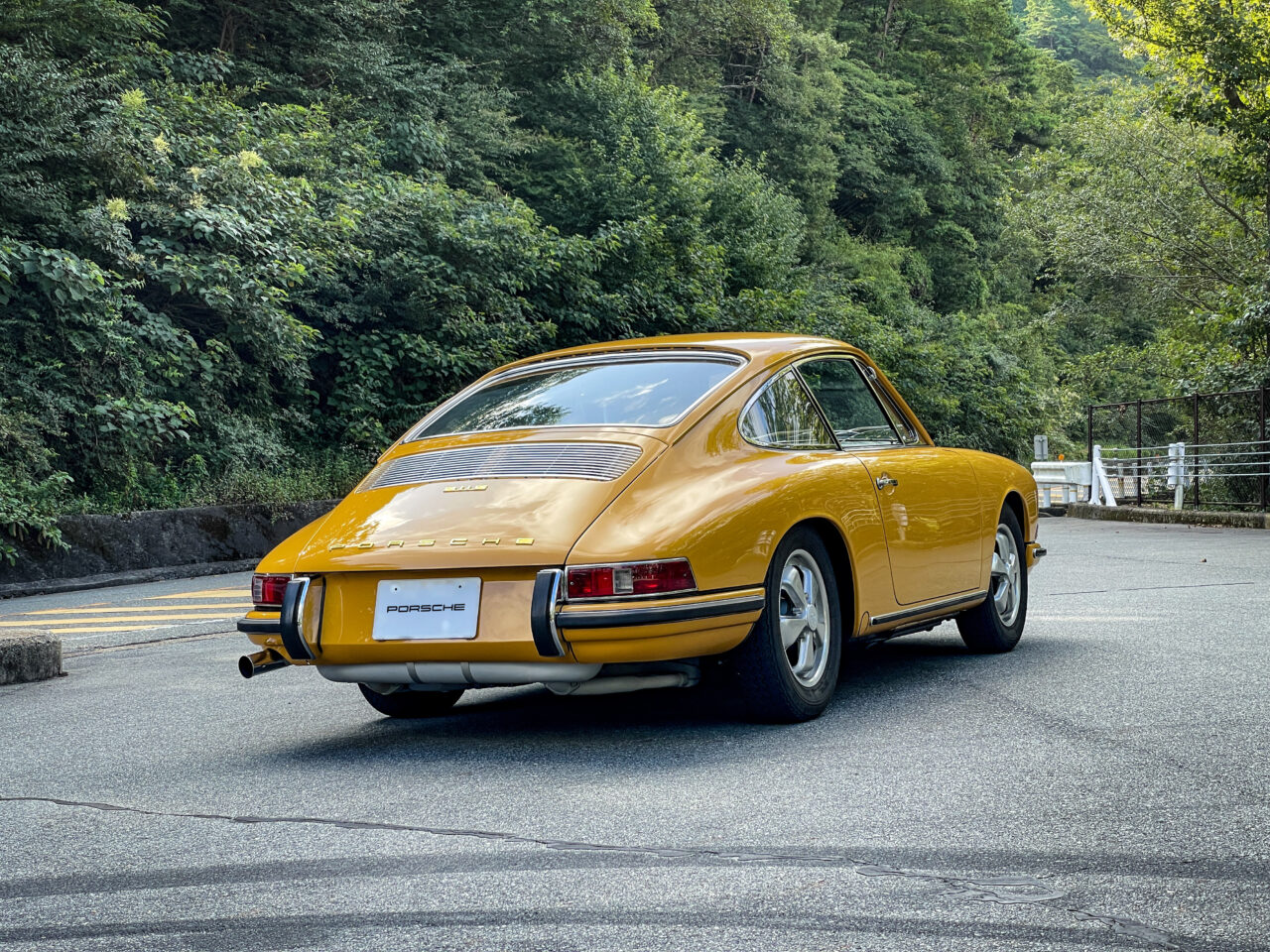
Compared to modern cars, the engine’s torque is relatively thin, but as you rev it up, it nimbly propels the roughly 1000kg body. Above all, the sound is fantastic.
A wonderful blend of mechanical noise, intake, and exhaust sounds. At low revs, it’s a deep tone, smoothly shifting to a higher pitch as the revs climb.
The broad sound range absent in today’s turbocharged 911 engines elevates the driving mood.
Shift Lever
I slot the shift lever with a squishy feel into third and fourth gears. The shift knob is noticeably long, and you might think such a long lever would make sporty shifting impossible.
I thought so too until I experienced these classic 911s.
However, through various Porsche experiences, I’ve learned that the length of the shift lever plays a significant role in the car’s handling balance. For example, in modern Porsches like the Spyder, GT4, and GT3, the short-throw shifters click crisply and feel great.
On the other hand, my 981 Boxster, although similar in shape, has a slightly longer shift lever.
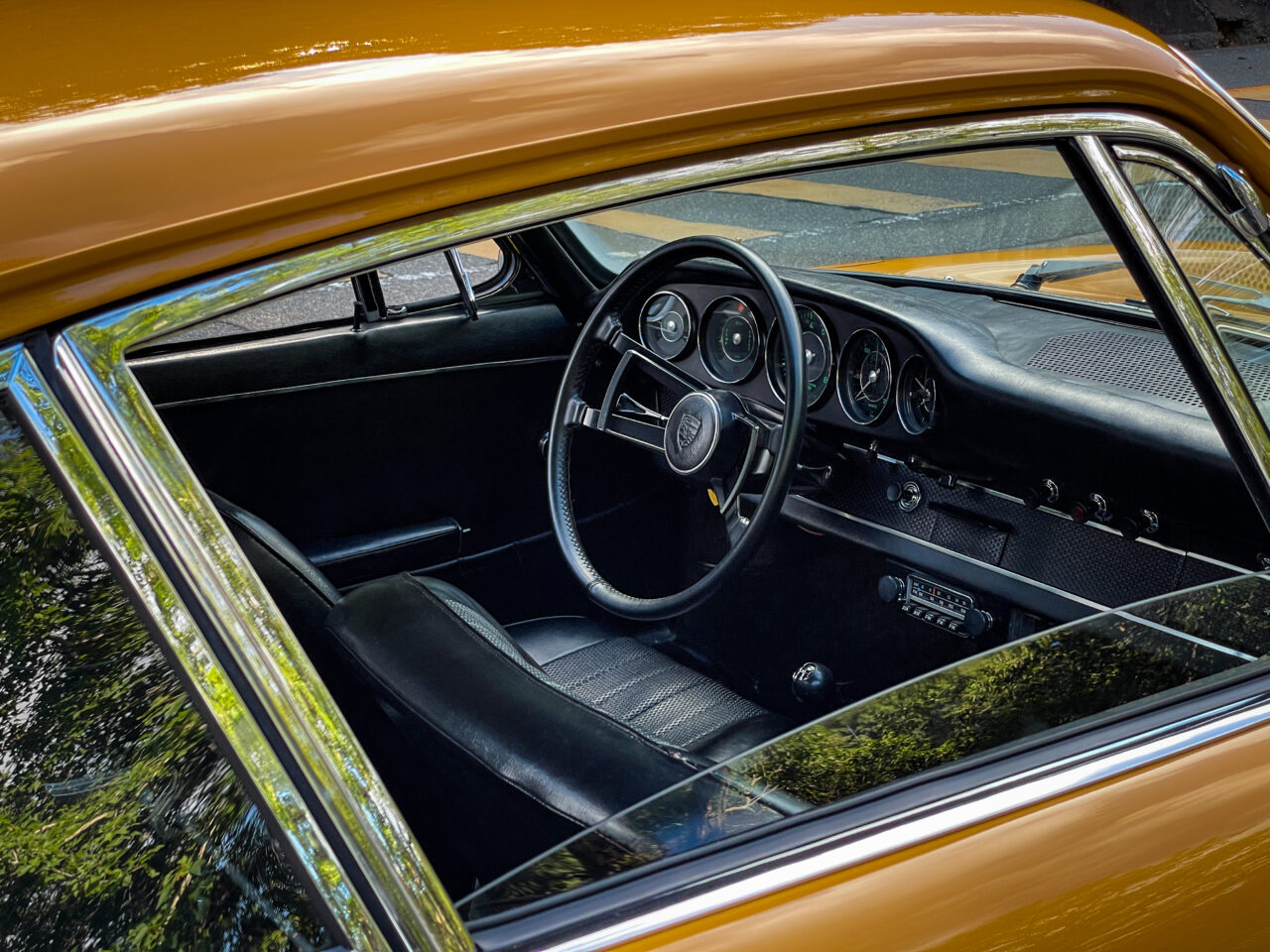
At first, I wondered why cars from the same era had different shift lever lengths, and even considered swapping my Boxster’s shift for a GT4 short shifter.
But after repeatedly comparing cars, I realized that the short, crisp shifters suit the sharp, agile handling of the GT3 and Spyder, while the slightly longer throw lever better matches the milder, more compliant suspension of the Boxster, fitting its driving rhythm.
Quick operation is important, but more so, when the rhythm matches, the entire car’s ‘tuning’ aligns, and the driver feels truly connected.
This 911 perfectly embodies that ‘tuning.’ The engine power, rev feel, chassis grip, agility—all harmonize with this shift lever.
This stroke and feel are essential to the car’s overall balance.
Nothing should stand out too much. Like an orchestra, the skill of each player, the number and placement of instruments must be balanced.
Driving Feel
After taking a curve or two, I can’t help but say, “Ah, this is definitely a 911!” Despite all the model changes, the 911’s feel remains the same. The unique rear stability and the way the car’s behavior shifts with weight transfer—though at different speeds—are traits shared with today’s 911s.
However, unlike the 73 Carrera or 911SC I’ve driven before, this one is honestly more challenging to handle. To drive it fast requires considerable skill.
The 73 Carrera was much easier, feeling as responsive as a modern 911, but this narrow-body 911 is a different story.
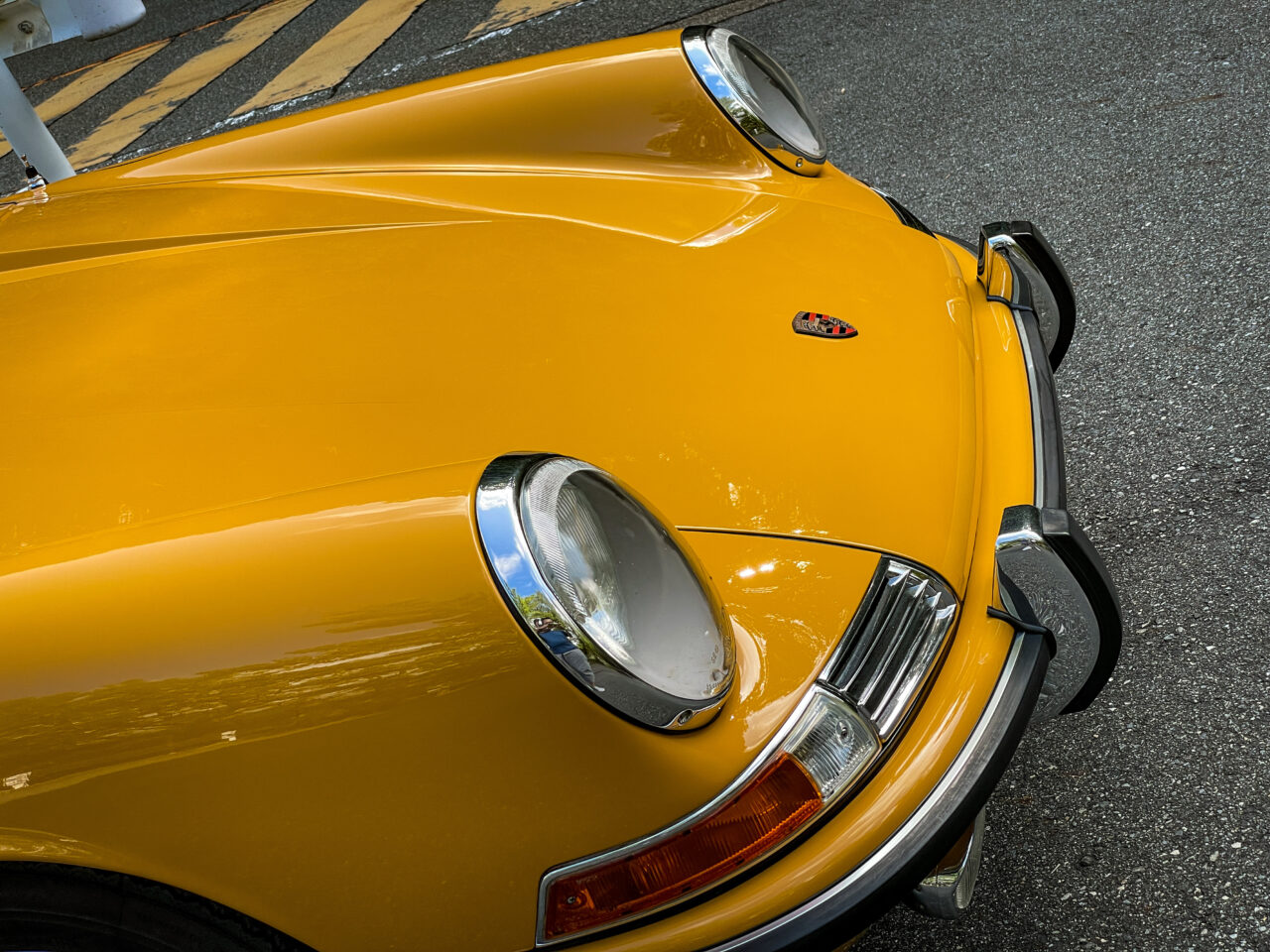

For example, when approaching a corner, easing off the throttle to load the front and turn in, up to a certain steering angle it feels like a normal 911, but beyond that angle, the turning radius suddenly changes.
It feels like the rear wants to wiggle out, somewhat like driving with extremely low rear tire pressure in a modern car.
Since it was a loaner, I drove cautiously, but to push this 911 hard requires skill and familiarity. It won’t open its heart easily.
On uphill slopes, the rear-heavy RR layout is very noticeable, and unless you can firmly load the front, you can’t drive properly. No other car demands weight transfer skills quite like this one. It’s almost like riding a motorcycle.
High-Speed Impressions
I tried picking up speed on a straight. The owner warned me, “It feels floaty at high speeds,” so I was bracing myself. Indeed, there is some pitching and a big, gentle rocking motion.
But what surprised me more was how stable it is in a straight line despite the short wheelbase.
I expected it to sway more side to side or require a firm grip on the wheel, but none of that was necessary. It tracks straight and true.
I’ve driven several classic Porsches before, and all share this impressive straight-line stability. For such a compact, short-wheelbase car from that era, the engineering that made this possible is truly astonishing.
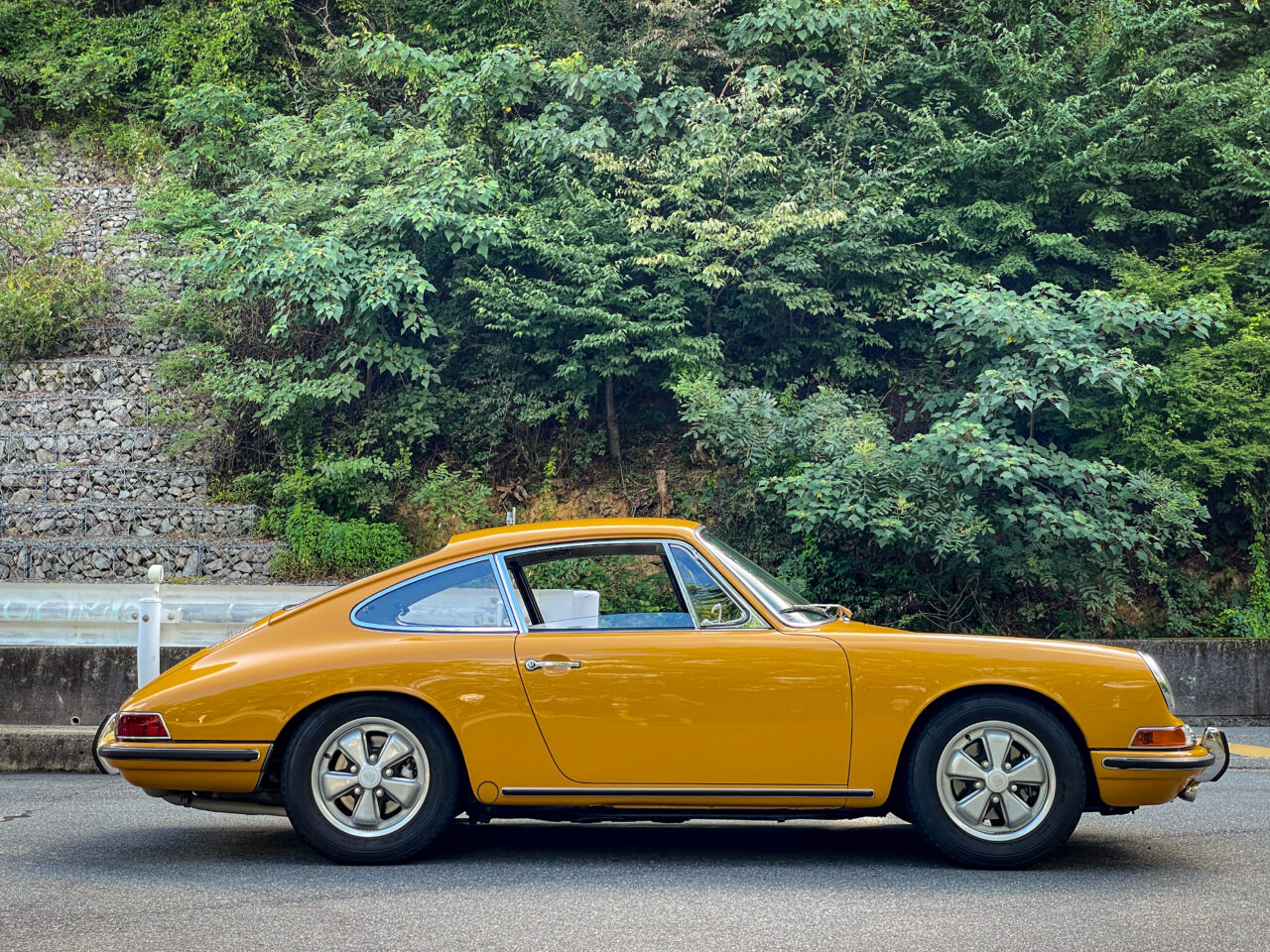
The Joy of the 911
As the test drive progressed and my excitement settled, I drove more deliberately, savoring the experience. From behind, the flat-six plays a superb symphony. Operating the clutch with my left foot, blipping the throttle with my right, and rhythmically shifting with the long-throw lever.
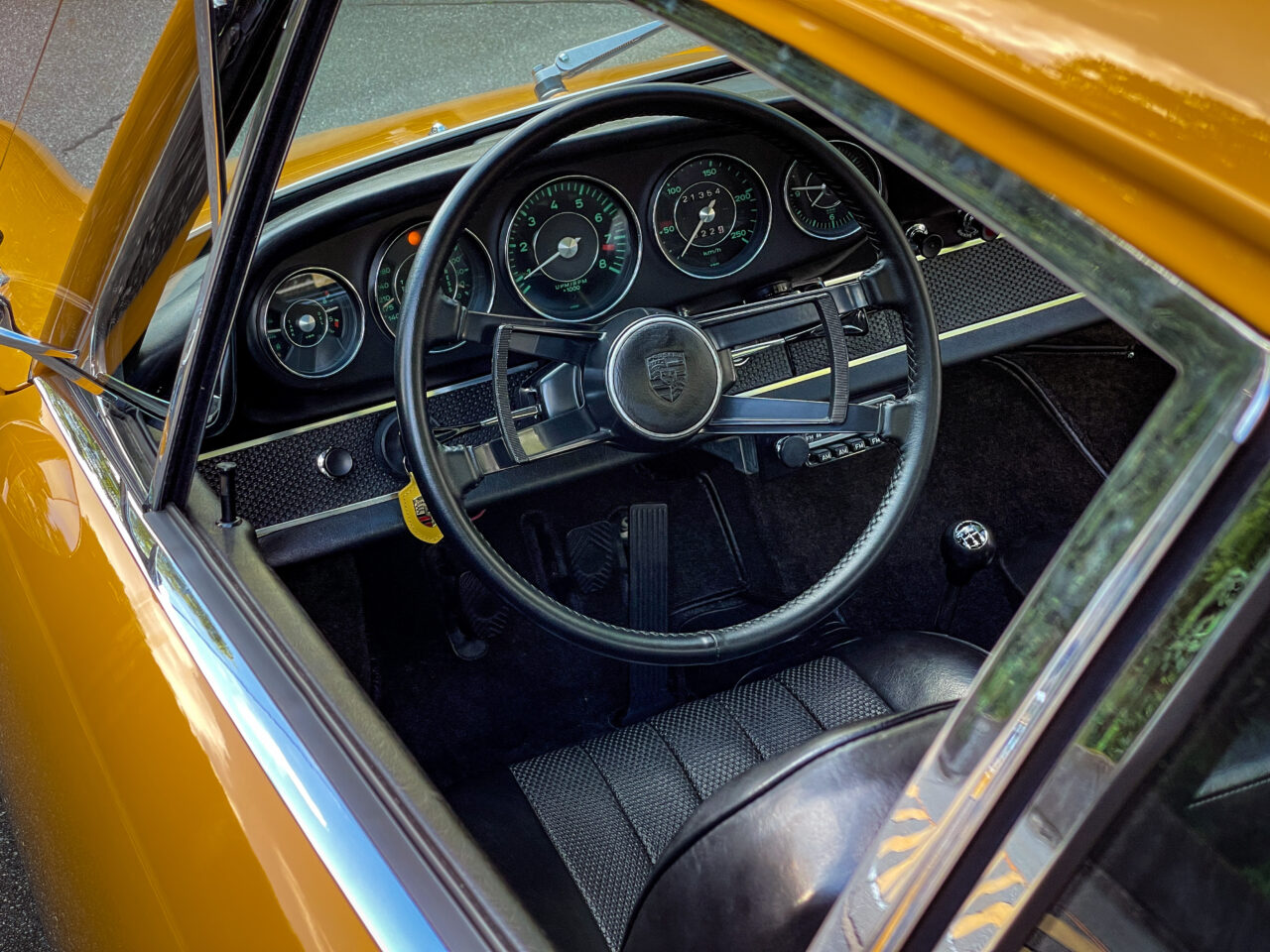
It felt like being a conductor giving commands, and the 911 faithfully responding. Of course, if the conductor is poor, the feedback reflects that.
What I learned anew from this origin 911 is that this is where the ‘joy of the 911’ lies.
Someday, I want to take a trip in such a 911, driving the Melody Line at Cape Sata or the Tatsudomari Line. While driving, those scenic journeys floated through my mind in this 911.
このブログが気に入ったらフォローしてね!


Comment ( 0 )
Trackbacks are closed.
No comments yet.